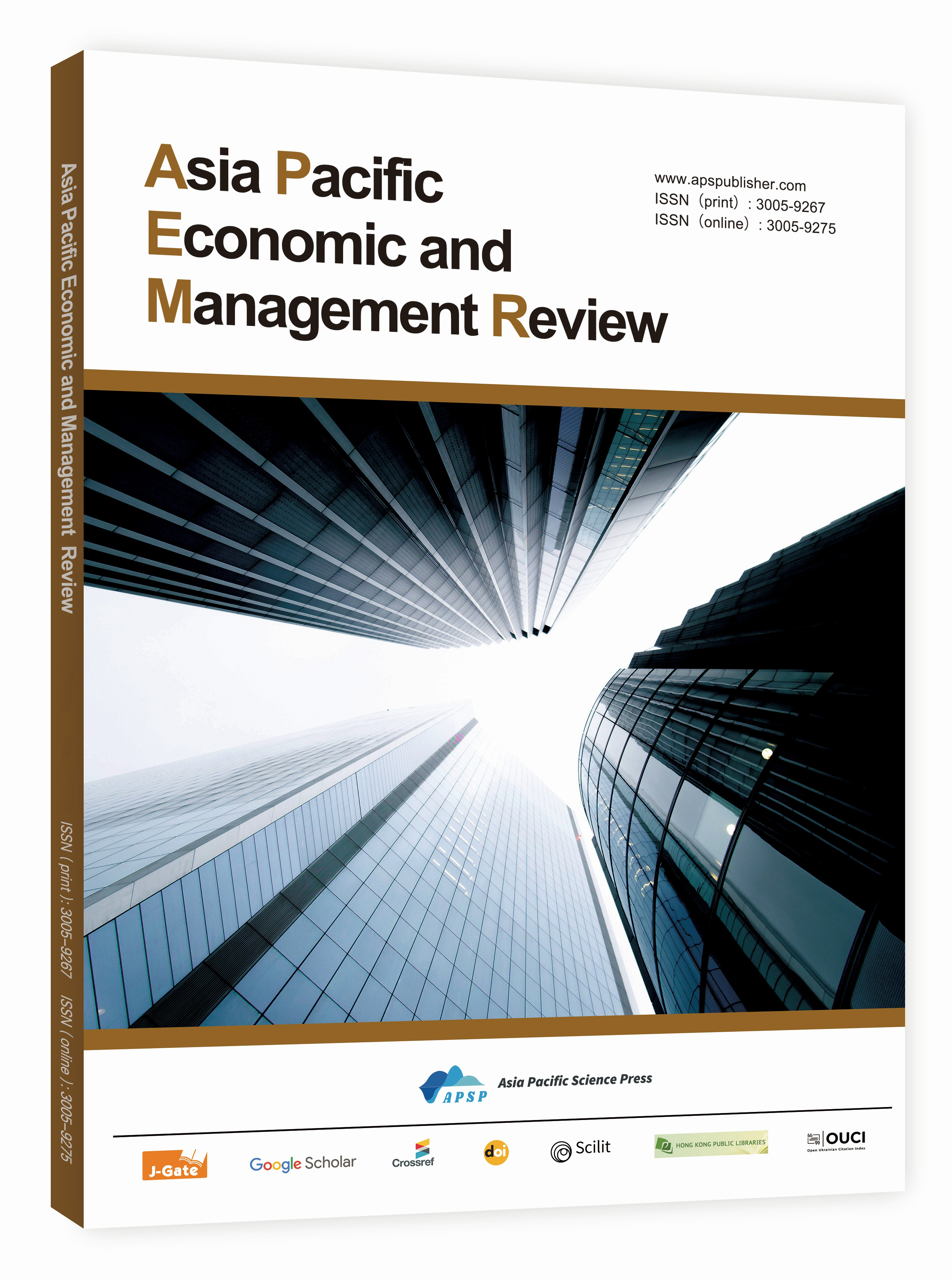Mapping New Quality Productive Forces
A Grounded Theory Approach Enhanced by DeepSeek
DOI:
https://doi.org/10.62177/apemr.v2i3.357Keywords:
DeepSeek, Grounded Theory, New Quality Productive Forces, Evaluation FrameworkAbstract
New quality productive forces have become a central driver of China's transition toward high-quality economic development. This study employs a grounded theory approach and integrates DeepSeek, a large language model, to construct an evaluation framework based on five dimensions: technological innovation, industrial restructuring, institutional coordination, green transformation, and social support. The analysis reveals that these productive forces operate as a co-evolutionary system that combines technology, institutions, and society. It emphasizes the dynamic interaction among foundational technological breakthroughs, policy innovation, and the alignment of human capital. The proposed framework provides both theoretical insights and practical guidance to support innovation-driven development while addressing ecological sustainability.
Downloads
References
Wang, C., & Kantarcioglu, M. (2025). A review of DeepSeek models' key innovative techniques. arXiv Preprint arXiv:2503.11486.
Allen, R. (2025). DeepSeek and AI innovation: How Chinese universities broke through the glass ceiling of technological advancement. American Journal of STEM Education, 6, 1–10. DOI: https://doi.org/10.32674/10bz2d04
Evangelista, R. (2018). Technology and economic development: The Schumpeterian legacy. Review of Radical Political Economics, 50(1), 136–153. DOI: https://doi.org/10.1177/0486613416666565
Huang, Y., Li, S., Xiang, X., et al. (2024). Analyzing the configuration of the national innovation system for innovation capability: Evidence from Global Innovation Index reports. Humanities and Social Sciences Communications, 11(1), 1–13. DOI: https://doi.org/10.1057/s41599-024-03792-x
Li, P., Liu, J., Lu, X., et al. (2024). Digitalization as a factor of production in China and the impact on total factor productivity (TFP). Systems, 12(5), 164. DOI: https://doi.org/10.3390/systems12050164
Xie, F., Jiang, N., & Kuang, X. (2024). Towards an accurate understanding of “new quality productive forces”. Economic and Political Studies, 1–15. DOI: https://doi.org/10.1080/20954816.2024.2386503
Rubio-Andrés, M., Linuesa-Langreo, J., Gutiérrez-Broncano, S., et al. (2024). How to improve market performance through competitive strategy and innovation in entrepreneurial SMEs. International Entrepreneurship and Management Journal, 20(3), 1677–1706. DOI: https://doi.org/10.1007/s11365-024-00947-9
Yao, L., Li, A., & Yan, E. (2025). Research on digital infrastructure construction empowering new quality productivity. Scientific Reports, 15(1), 6645. DOI: https://doi.org/10.1038/s41598-025-90811-9
Zheng, Y. (2024). How to scientifically understand “new quality productivity”. Bulletin of Chinese Academy of Sciences (Chinese Version), 39(5), 797–803.
Xue, R., & Chen, J. (2025). ESG performance and stability of new quality productivity forces: From perspective of China's modernization construction. International Review of Economics & Finance, 103, Article 103911. DOI: https://doi.org/10.1016/j.iref.2025.103911
Huang, D., & Li, H. (2025). Mechanism of disruptive technological innovation in shaping new quality productive forces: A grounded theory case study of smart agriculture. Forum on Science and Technology in China, 2025(3), 53–64.
Liao, H. L. (2025). DeepSeek large-scale model: Technical analysis and development prospect. Journal of Computer Science and Electrical Engineering, 7(1), 33–37. DOI: https://doi.org/10.61784/jcsee3035
Downloads
How to Cite
Issue
Section
License
Copyright (c) 2025 Zhaoyu Chen, Rufeng Lin

This work is licensed under a Creative Commons Attribution-NonCommercial 4.0 International License.
DATE
Accepted: 2025-05-19
Published: 2025-05-30

















